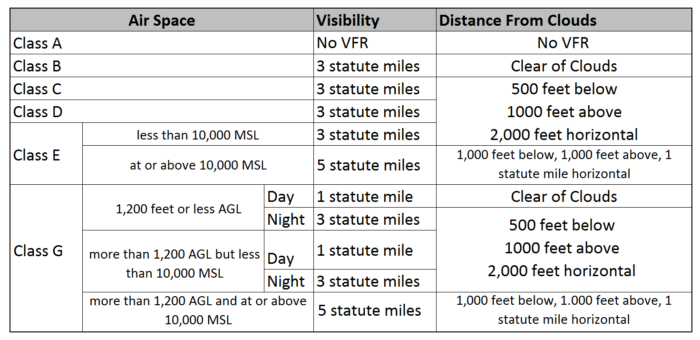No. Read the article Guinessman linked in Post 55. It's a pretty solid breakdown of what likely happened based on the info available at this point. Disorientation due to weather / reduced visibility caused a crash into a hillside. Pilot transitioned from VFR to IFR conditions, became disoriented and hit one hillside he didn't see in the process of trying to avoid one that he did see.
There is no indication of a mechanical issue at this time.




 Reply With Quote
Reply With Quote




